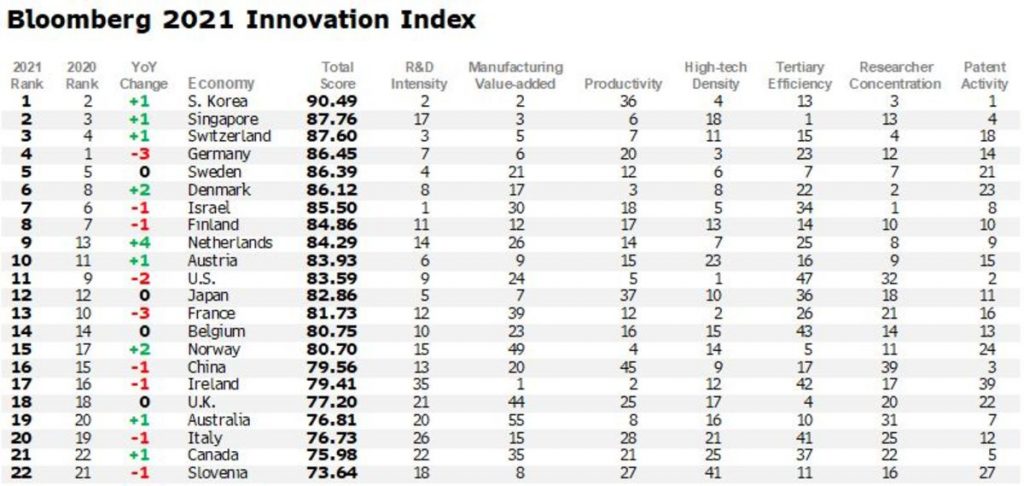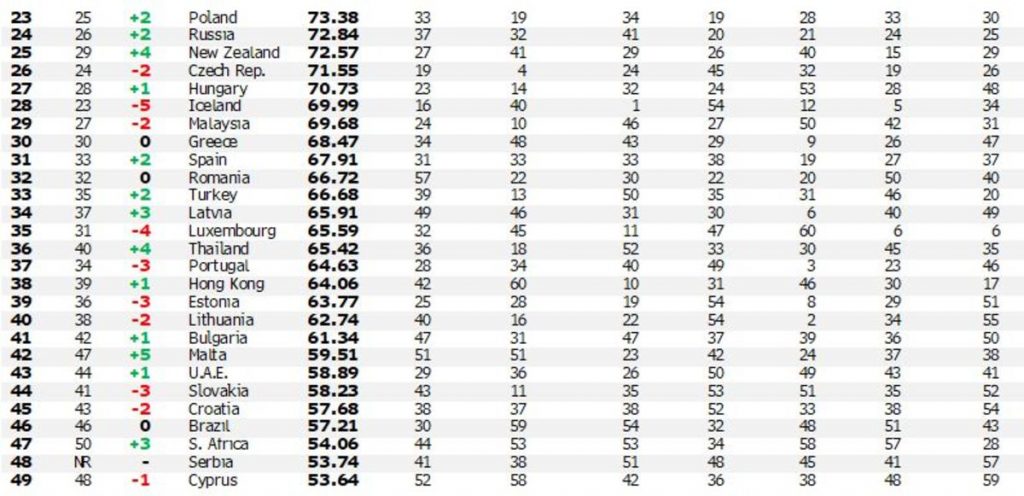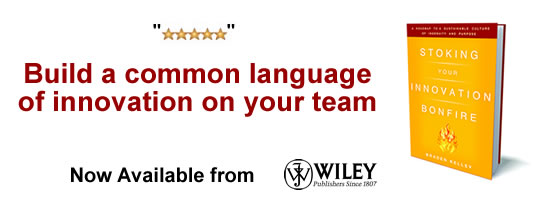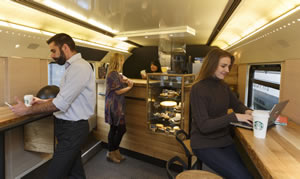
The latest Bloomberg Innovation Index is out (2021 edition), and South Korea has risen to first place, taking the title back from Germany, while the U.S. fell out of the Top 10 completely.
Seven of the top 10 places went to European countries while the USA and China slipped.
“Intensifying competition between the U.S. and China is reshaping the innovation landscape. For the U.S., fears about losing intellectual property to a geopolitical rival are undermining support for the open innovation system. For China, fear of being cut off from foreign technology is accelerating investment in R&D capacity at home.” — Bloomberg Chief Economist Tom Orlik
The rankings are based on dozens of criteria centered around seven metrics:
- For patent activity
- For research personnel concentration
- For tertiary education
- For technology company density
- For productivity
- For manufacturing value added
- For research and development expenditures



The Bloomberg Innovation Index tries to measure and rank countries on the ability of their economies to innovate, which will be a key theme at the annual World Economic Forum in Davos, Switzerland taking place Jan. 26-29.
While spending on research and development continues to be important, shifts in productivity and education effectiveness (among other factors) will continue to encourage significant changes in the index from year to year.
“In the year of Covid and facing the urgency of climate change, the importance of innovation fundamentals only increases. Innovation is often measured by new ideas, new products and new services, but its their diffusion and adoption that is the real metric of success.” — Catherine Mann, Global Chief Economist at Citigroup Inc.
What do you think?
Does Bloomberg get it right or are there other innovation rankings or indexes that do a better job?
Which is more important to the relative innovativeness of a country, efforts by the government or by industry?
Which countries do the best job of achieving successful public/private partnerships to encourage innovation?
Click here to see the full 2021 Bloomberg Innovation Index rankings
Image credits: Bloomberg
![]() Sign up here to get Human-Centered Change & Innovation Weekly delivered to your inbox every week.
Sign up here to get Human-Centered Change & Innovation Weekly delivered to your inbox every week.


 The new Starbucks train café is one of the smallest the company has ever designed, and they have managed to include space for 50 people, baristas, a pastry case, standing bar, and a lounge area, all tastefully assembled into a two level train car.
The new Starbucks train café is one of the smallest the company has ever designed, and they have managed to include space for 50 people, baristas, a pastry case, standing bar, and a lounge area, all tastefully assembled into a two level train car. It’s incredibly important for companies like Starbucks that sell daily indulgences to be in the places where people are looking to enjoy that little treat, and with the level of quality increasing (at least in the coffee experience) at competitors like Dunkin Donuts, McCafe, Caribou Coffee, and others, Starbucks has to do everything they can to reinforce their premium image and customer loyalty.
It’s incredibly important for companies like Starbucks that sell daily indulgences to be in the places where people are looking to enjoy that little treat, and with the level of quality increasing (at least in the coffee experience) at competitors like Dunkin Donuts, McCafe, Caribou Coffee, and others, Starbucks has to do everything they can to reinforce their premium image and customer loyalty.